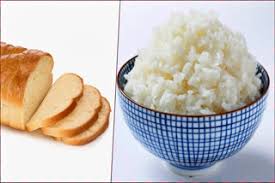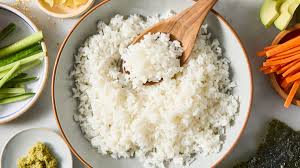Physical Address
304 North Cardinal St.
Dorchester Center, MA 02124
Physical Address
304 North Cardinal St.
Dorchester Center, MA 02124
Freezing certain foods can actually lower their Glycemic Index, meaning they digest more slowly and have a gentler impact on your blood sugar.

Freezing food could actually make some foods healthier. If you’ve ever watched a food reel on social media about freezing rice or bread to lower their Glycemic Index, you might have dismissed it as another health fad. But science says otherwise. Freezing certain carbohydrates like bread and rice can change their structure in a way that benefits your blood sugar, digestion, and even heart health.
The Glycemic Index (GI) indicates how rapidly carbohydrate foods elevate blood glucose levels. High GI foods (70+) cause quick blood sugar spikes, while low GI options (55 or below) release glucose gradually, providing steadier energy and improved blood glucose management. Individuals with diabetes often find high-GI foods challenging for blood sugar control, making carbohydrate selection particularly crucial.

Bread primarily consists of starch, comprising over 80% of wheat flour’s composition. During freezing, an intriguing transformation occurs: the starch molecules experience “retrogradation,” restructuring their arrangement.
Research conducted in 2008, 2017, and 2023 consistently demonstrates that freezing white bread followed by toasting after thawing reduces its Glycemic Index. This effect results from freezing increasing the bread’s resistant starch content.
Resistant starch is a carbohydrate that resists digestion in the small intestine and passes to the large intestine, where it serves as food for beneficial gut bacteria. This offers several advantages:
For bread lovers concerned about blood sugar impact, freezing then toasting your bread may transform it into a healthier option.
Rice serves as a dietary cornerstone for many families, though freshly prepared rice has a high GI of 78, potentially causing rapid blood glucose increases. Studies indicate that refrigerating rice for 16-20 hours before reheating reduces its GI to 54.

Like bread, cooling rice enhances its resistant starch content, decreasing digestibility and slowing glucose absorption. This technique offers diabetics and carb-conscious individuals a simple approach to enjoying rice without significant blood sugar elevations.
How to Freeze Carbs the Right Way The FDA cautions against leaving cooked foods at room temperature beyond two hours, as bacteria rapidly proliferate. Follow these guidelines for properly storing and reheating carbohydrates:
TO READ MORE, OPEN THE LINK BELOW: